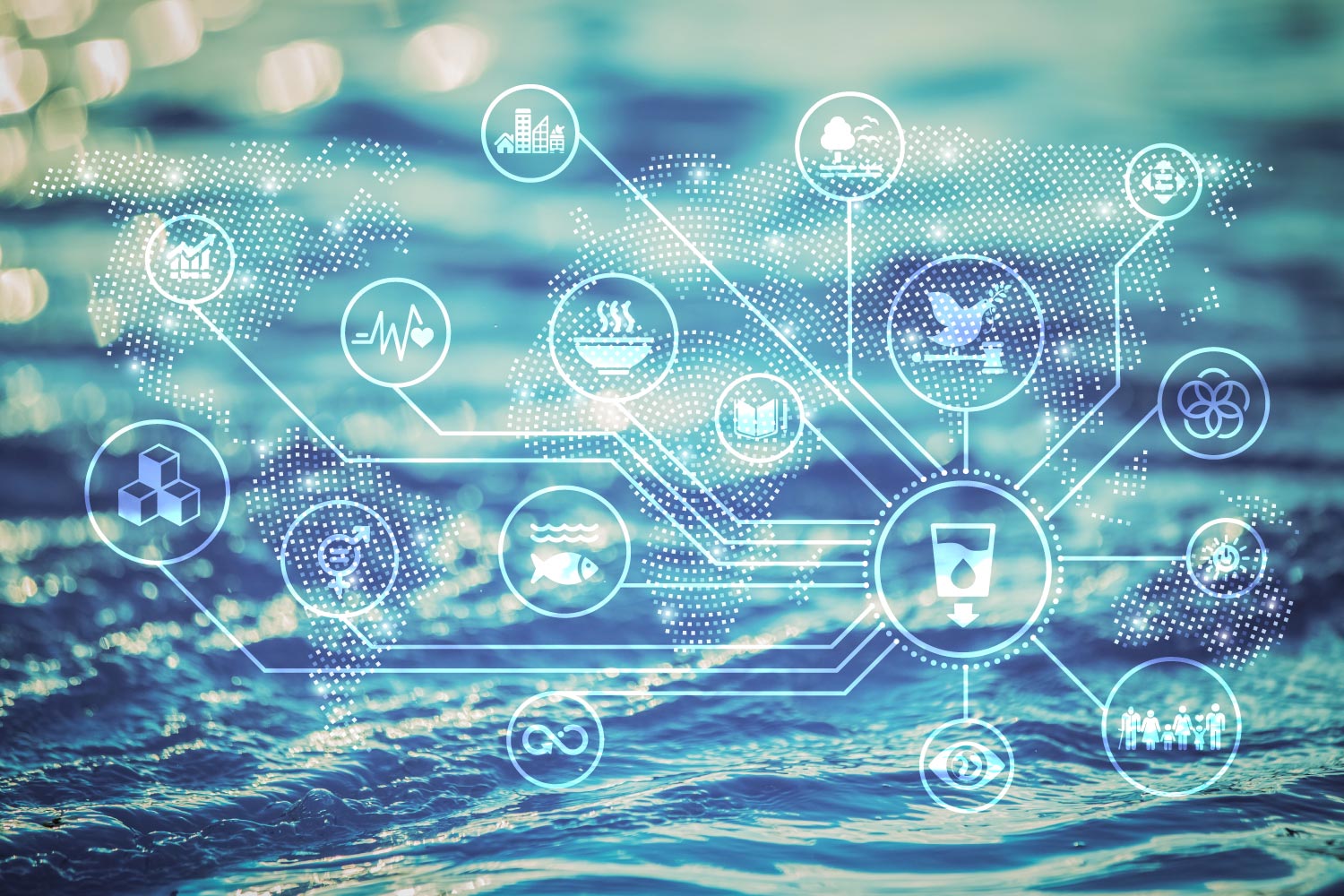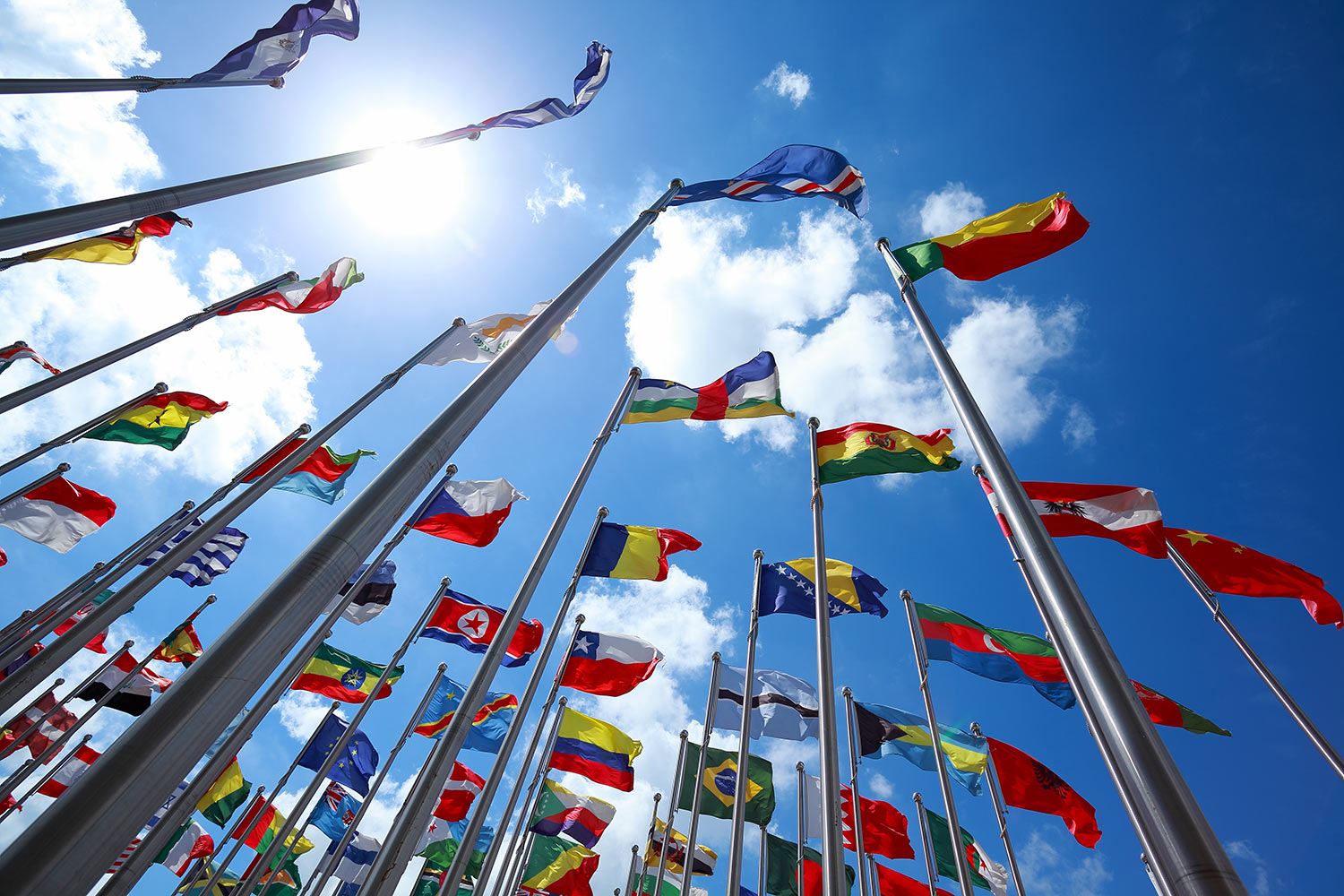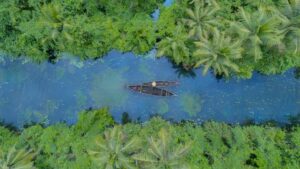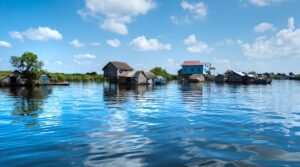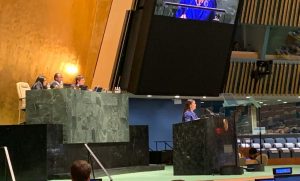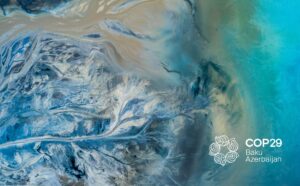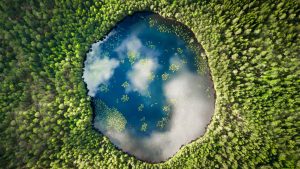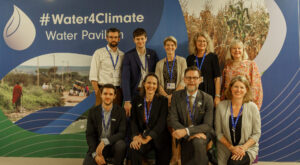In 2015, the global community launched the 2030 Agenda, with 17 Sustainable Development Goals (SDGs) that should be reached by 2030. Some progress has been made, but for most of the goals, the world is not on track to meet the deadline. Water can help us do better.
Universal access to clean water and sanitation is one of the goals (SDG 6) that should be achieved by 2030. But according to UN-Water, this will however not happen unless investments quadruple. Around 785 million people do not have access even to basic drinking water services and three billion people lack basic hand washing facilities at home.
“Let’s be honest with where we are with the SDGs – halfway through, we are alarmingly off track when it comes to implementation.” says President of the UN General Assembly H.E. Csaba Kőrösi. The SDG Progress Report 2023 Special Edition indicates that only 12 percent of the targets are really on track.
Water can help us find a more sustainable path. Since water connects all the 17 SDGs and offers opportunities for partnership for the Goals. When viewed this way, it soon becomes apparent that many new approaches to water will effectively address several of the goals simultaneously.
SDGs posters
Download this series of printable posters that explain how water connects all Sustainable Development Goals (SDGs). (Available in English and Swedish)
Get the posters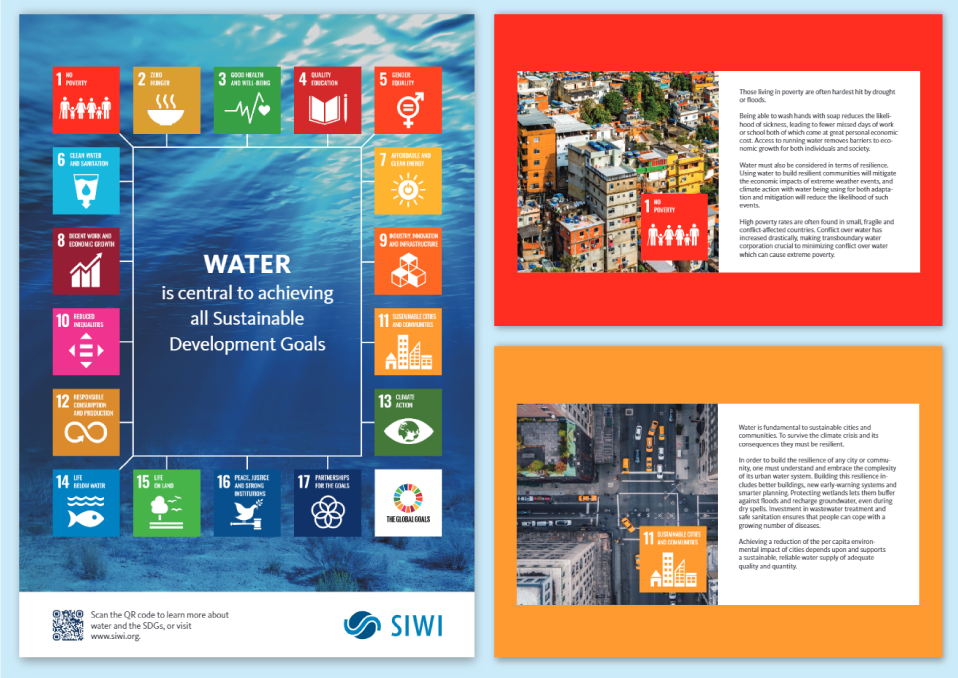
Here are some examples of how water can serve as a catalyst for change:
- Access to clean water is a key factor in reducing poverty (SDG 1). One reason is because of water’s role in food production (SDG 2), where the livelihoods of smallholder farmers are at risk when climate change makes rainfall patterns increasingly unpredictable. Another is the strong link between water and human health (SDG 3), which could be dramatically improved with universal access to clean water and safe sanitation. If fewer children get sick from dirty water, we can accept a sharp increase in access to education (SDG 4).
- Lack of water and sanitation limits the lives of women and girls disproportionately and is a barrier to gender equality (SDG 5). Providing universal access would be one of the fastest ways to promote inclusion of otherwise marginalized groups in society (SDG 10), which is of particular importance at a time when the climate crisis is widening the gaps between different groups in society.
- Clean water is also essential to all economic activity, including energy production (SDG 7), job creation (SDG 8) and industry (SDG 9). With growing water scarcity, water will be the key constraining factor in many parts of the world, requiring responsible consumption and production (SDG 12).
- To alleviate the situation, water must be a key part of planning for sustainable cities and communities (SDG 11) and resilient landscapes (SDG 15). This will simultaneously provide new tools to take climate action (SDG 13) and protect ocean health (SDG 14). Cooperation over shared waters can help countries become more resilient to the impact of climate change and is a potential catalyst for peace (SDG 16).
